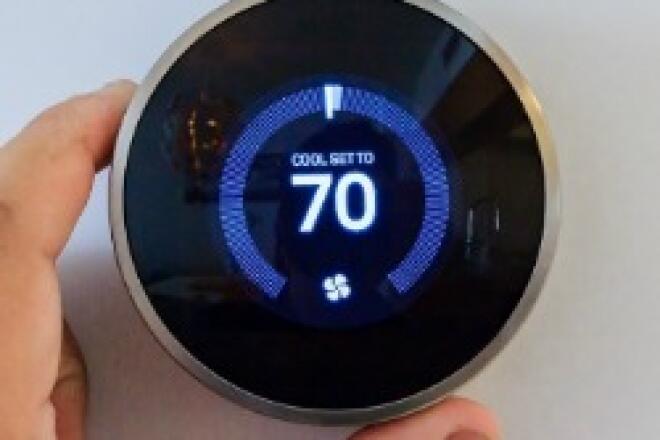
4 Smart Energy Tips for Renters
If you live in one of the 44 million U.S. households that’s rented, you might think that there’s not a lot you can do to reduce your home’s energy use or lower your carbon footprint.
However, while there are certain limitations for renters compared to homeowners (installing solar panels or purchasing high-efficiency appliances, for example), there are still many impactful actions that you can take to become a smarter energy consumer.
In this month’s blog, we’ll take a look at four actions that renters can take:
1. Ask your landlord to get a home energy audit.
If you feel comfortable speaking to your landlord or property manager about improving the energy efficiency of your home, a great starting place is requesting a home energy audit, which can identify inefficiencies in your home’s energy usage.
Once the audit’s performed, there will often be low-cost steps that your landlord can take to improve your comfort and lower your power bills (and improve the appeal of the property for future tenants). These could include adding caulk around your windows or weatherstrips around doors – both of which will stop air leaks.
If you’re not comfortable asking your landlord – or if they’ve denied your request for an energy audit – don’t worry. There are still many steps that you can take that can cut down your bills without breaking the terms of your lease that we’ll look at next.
2. See if there’s a better rate plan for your energy usage.
Did you know that many power companies offer more than one way of charging customers for the electricity they use? By getting on a rate plan that better fits your typical electricity use, you might be able to save money on your monthly bill.
With a traditional rate plan, you’re charged the same price for each kilowatt-hour of electricity used regardless of the time of the day. However, with a time-of-use (TOU) rate, electricity gets very expensive during peak hours – usually from 4 to 8 p.m. – and is inexpensive at other times of the day, especially overnight. If you’re able to avoid the peak, this plan could lower your monthly bills with no changes to your home.
If you think a rate plan like TOU could work well for you, contact your power company for more information. Some power companies have online tools that can help you determine the best rate plan to help you save money. Others might be able to conduct a rate analysis at your request or might suggest a program that can give you bill credits when you voluntarily lower your use at designated times.
3. Upgrade your most-used light fixtures to LED bulbs.
If your home still has old, inefficient incandescent bulbs, it’s a good idea to upgrade the handful of light fixtures that you use the most to energy-efficient LED bulbs. According to the Department of Energy, LED bulbs “use at least 75 percent less energy and last up to 25 times longer” compared to incandescent bulbs.
Today, LED bulbs are relatively inexpensive at around $10-12 for a four pack at big box retailers or home improvement stores. With just one of these packs, you can make a noticeable dent in your overall energy usage for the rest of your lease. Save the old bulbs, and you can even take your efficient LEDs to your next place.
You may be able to get an even better deal on LEDs if you go through your power company. Many power companies now have online marketplaces with instant rebates on energy-efficient products, such as thermostats, lightbulbs, power strips and more. Other power companies even offer free or low-cost energy savings kits that include a pack of LED bulbs.
4. Don’t overlook the importance of small changes to your routine.
Finally, there are many small steps that you can take throughout your day that, when added together, can have a noticeable impact on your power bill. For example, run your dishwasher only when it’s completely full, and when washing your laundry, use cold water when possible to maximize energy savings. And be sure to turn of lights and fans when not in a room!
You can also make a difference by cutting down on standby power. Many of the electronics in your home – such as your TV, gaming consoles or coffee maker – still draw power even when turned off, and this could account for five to 10 percent of your home’s energy usage. Unplug these devices or turn them off via a power strip to reduce this energy waste.
While it’s true that renters don’t have the ability that homeowners do to make substantial, energy-efficient changes to their homes, there’s still a lot they can do. If you rent your home, don’t be disheartened. Talk to your landlord and your power company and make a plan to become a smarter energy consumer.



